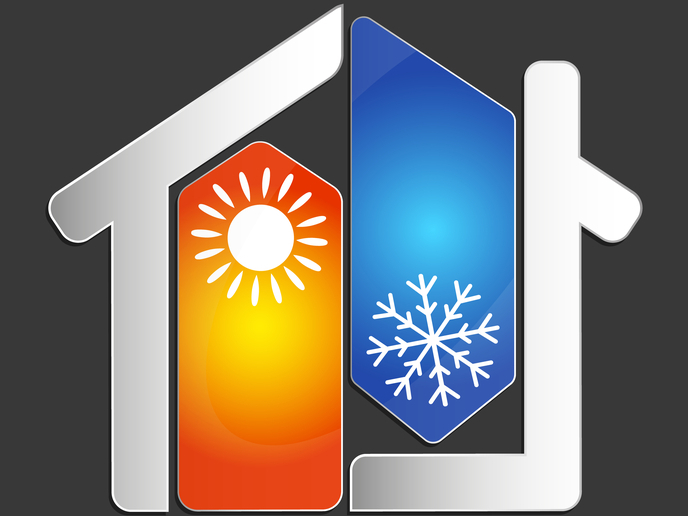Heating and cooling technologies bring financial and environmental benefits to European residences
To meet this challenge, the EU-funded THERMOSS project developed an industry-focused, innovation-intensive approach that supports introduction of the latest heating and cooling technologies for energy retrofitting of buildings at the European level. The initiative targeted residential buildings and buildings connected to district heating and cooling(opens in new window) (DHC) networks. The consortium developed, tested and deployed a set of retrofitting heating and cooling packages based on cutting-edge, high-potential, market-ready technologies. These were linked together via an open ICT platform for smart energy management at building and district levels. “We aimed to optimise fossil fuel use and study the application of a two-way heat exchanger for thermal energy, which will favour decentralised production and storage in DHC-connected buildings, allowing stand-alone buildings to become DHC-ready,” says project coordinator Fernando Centeno.
Increased efficiency
Project partners ensured an efficient match between supply and demand of energy through real-time management of thermal energy at building level, then scaled up to district level for DHC-connected buildings. They also increased the efficiency of residential building thermal retrofitting, with a target of 30 % energy consumption reduction, by providing a set of optimised technology packages for building heating and cooling. The packages covered both district-connected and non-district-connected buildings. The main technologies developed by THERMOSS include a solar 2-WAY SUBSTATION (micro combined heat and power) prototype that can deliver extra heat to the district network, thus reducing gas consumption at district heat plants based on gas boilers and gas turbine-based electricity plants. Centeno notes: “This technology can open up new possibilities to connect new buildings to the grid and allow exchange of excess energy between the buildings and the thermal grid.” The prototype supplies both heat and electricity from a single energy source, fostering security of supply and enhancing the grid’s ability to meet peak electricity demand. In addition, the consortium created smart thermostatic valves, which work as a sensor to indicate individual thermal needs. This provides continuous sensing, wireless transmission and centralised optimisation, granting a reduction in supply temperature using need-based decision logic.
Environment-friendly
The Cloud Monitoring Platform and the machine-to-machine (M2M) gateway allowed an efficient match between supply and demand of energy and are designed for the supervision of multisite buildings. “The Cloud Monitoring Platform has the special capability of communicating with high-level services, through secure communication protocols,” Centeno explains. The M2M gateway is a connectivity gateway for remote access and control of residential heating, ventilation and air conditioning devices and for error identification, preventive maintenance, system optimisation and stable data transfer. The Building Control Platform enables the transfer of data in a secure and reliable way, by using the integration of an innovative application programming interface with software solutions already on the market. THERMOSS will help the environment through a reduction in greenhouse gas emissions and a smaller carbon footprint compared to common EU heating systems. “The main stakeholders benefiting from the project will be designers, district energy planners, industry manufacturers, heating/cooling system installers (SMEs), and public and private building owners,” Centeno concludes.







